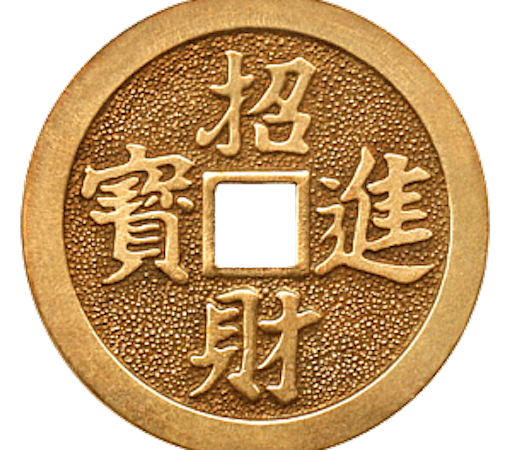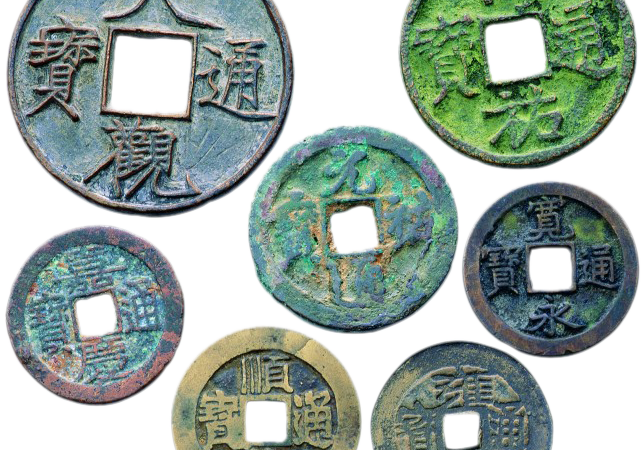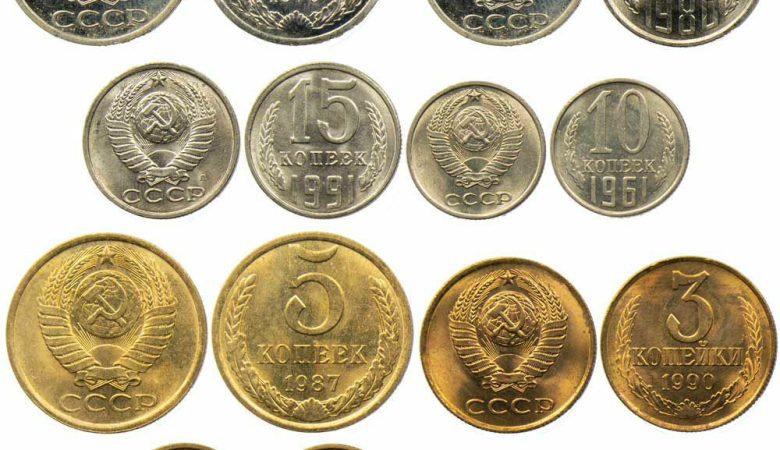Introduction:
Within the field of numismatics, historical coins serve as silent observers of the tides of history, preserving stories of vanished societies, great conquests, and the development of commerce and culture. We’ll explore the historical relevance, aesthetic appeal, and timeless appeal of ancient coins as we set out on a tour through their world, captivating collectors and enthusiasts for ages.
A Glimpse into Antiquity: The Historical Significance of Ancient Coins
- Currency of the Ancients: The Birth of Coinage
The first standardized metal coins appeared in ancient Lydia in the 7th century BCE, which is when coinage originally appeared. At first, these coins were a useful tool for facilitating trade by taking the place of the laborious barter system.
- Portraits of Power: Faces on Ancient Coins
The images of emperors, kings, and other significant historical personalities are frequently seen on ancient coins. These little works of art establish a concrete connection to historical figures by shedding light on their reigns, accomplishments, and the social mores of their times.
- Monetary Evolution: From Drachmas to Denarii
Several different currency systems, each with unique qualities, were used in the ancient world. From the Roman denarius to the Greek drachma, these currencies represented the political and economic systems of the societies in which they were used, in addition to serving as means of exchange.
Artistry in Miniature: The Aesthetics of Ancient Coins
- Symbolism and Imagery: Tales Told in Metal
Ancient coins reveal tales of mythology, religious beliefs, and cultural identity through their elaborate designs and symbolic iconography. These pictures convey a sense of connection to the ideas and ideals of the ancient world, whether it’s the famous owl on Athenian tetradrachms or the she-wolf suckling Romulus and Remus on Roman coins.
- Fine Details: Masterful Craftsmanship
The artistry and ability of the minters is demonstrated by the workmanship of antique coins. These coins have amazing characteristics despite their small size, including realistic animal images, exquisitely etched portraits, and meticulously produced inscriptions. The accuracy with which ancient minters performed their work never ceases to astound collectors and art aficionados.


Collecting Ancient Coins: A Passion Passed Through Time
- Numismatics as a Hobby: The Joy of Discovery
The excitement of discovery combined with the historical relevance of ancient coins is what draws collectors in. Finding a perfectly preserved coin from a bygone age is like traveling back in time and establishing a concrete link with the past.
- The Challenge of Authenticity: Navigating the Ancient Coin Market
Authenticity is a difficulty when collecting old coins. Due to the abundance of fakes and copies on the market, collectors frequently turn to numismatics research to discern authentic artifacts from counterfeits. Navigating the ancient currency market requires an understanding of the subtleties of mint markings, styles, and historical context.
Stories in Silver and Bronze: Notable Ancient Coins
- Athenian Tetradrachm: The Symbol of Democracy
The famous owl of Athena, which adorns the Athenian tetradrachm, represents both the intellectual hubris of ancient Athens and the origin of democracy. This coin represents the intellectual and cultural legacies of the classical Greek era and is highly sought after by collectors.
- Roman Aureus: Golden Symbol of Power
The common money of the Roman Republic and, subsequently, the Roman Empire was the Roman aureus, a gold coin. The aureus, which depicts the likenesses of emperors and their accomplishments, is a material symbol of Rome’s mighty armies and imperial splendor.
Preserving the Past: Challenges in Conservation
- Metal Erosion and Corrosion: Threats to Ancient Coins
Ancient coinage is vulnerable to metal corrosion and erosion over time. These artifacts deteriorate with time due to exposure to environmental factors, poor storage conditions, and the passage of centuries. The preservation of their historical and artistic significance becomes contingent upon conservation measures.
- Ethical Concerns: Protecting Cultural Heritage
Concerns about cultural heritage conservation are another ethical issue brought up by the trade in ancient coins. The preservation of historical context and the legitimate ownership of these objects are threatened by the looting of archeological sites and the illegal antiquities trade.


Conclusion: Timeless Echoes in Metal
To sum up, historical coins are more than just artifacts of money; they are windows into the past that preserve the vestiges of vanished civilizations. The appeal of old coins endures as long as the tales they tell, thanks to factors like the historical relevance of currency and the beauty on exhibit in miniature. These little metal discs, whether treasured by enthusiasts, researched by historians, or appreciated for their visual allure, remain timeless and provide a palpable link to the diverse fabric of human history. In the process of delving into the realm of old coins, we uncover not only relics but also the enduring resonances of antiquity, just waiting to be unearthed and enjoyed by history buffs and history aficionados.h





